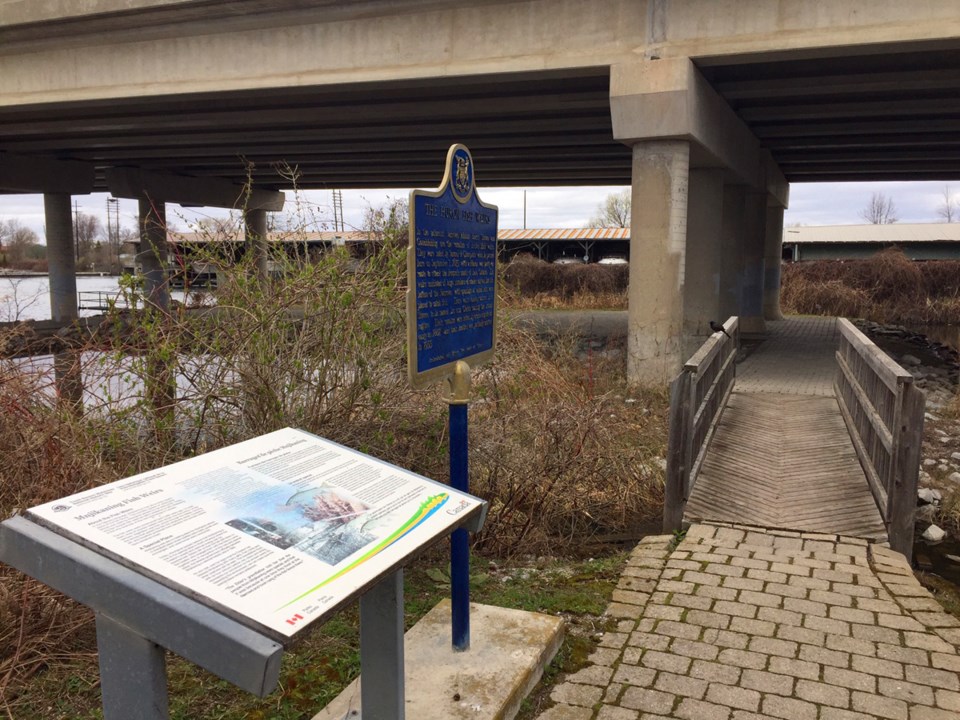NEWS RELEASE
CHIPPEWAS OF RAMA FIRST NATION
ORILLIA MUSEUM OF ART & HISTORY
*************************
The Chippewas of Rama First Nation and the Orillia Museum of Art & History (OMAH) are thrilled to announce a collaborative project aimed at documenting the remarkable history of the ancient Mnjikaning Fish Weirs.
Situated between Orillia and the Rama First Nation, these 5,000-year-old underwater wooden structures served as ingenious tools to guide migrating fish into traps or nets, profoundly impacting the development of Indigenous social and cultural life over a wide geographical range and throughout millennia.
The Mnjikaning Fish Weirs, an engineering marvel of their time, stand as a testament to the deep-rooted connection between Indigenous peoples and the bountiful waters of this region. This collaborative effort aims to preserve and share the profound significance of these Weirs with the world.
“The Mnjikaning Fish Fence is an important piece of Rama First Nation’s history,” said Chief Ted Williams. “Despite its ancient beginnings and significant cultural and historical importance, much of the world knows little about this special place. We are proud to create a friendship with OMAH to begin to tell the story of Mnjikaning: The Place of the Fish Fence.”
A joint advisory circle, comprising knowledgeable individuals from both the Chippewas of Rama First Nation and the Orillia Museum of Art & History, will oversee the comprehensive collection and compilation of Mnjikaning-related information and materials. This endeavour is made possible through the dedication of passionate volunteers who have committed themselves to approach this vital work in a 'good way,' respecting the cultural significance of the project.
This vital undertaking is a combined effort involving both dedicated staff and volunteers who share a common goal of celebrating and preserving the legacy of the Mnjikaning Fish Weirs.
Executive Director Ninette Gyorody says that “the museum’s commitment to work collaboratively demonstrates our profound desire to ensure that the preservation of the stories and the history of the Mnjikaning Fish Weirs are shared to our communities respectfully. This is an incredible learning opportunity for our staff, volunteers, and members of the Orillia community to be better informed about the histories of the Indigenous peoples who have been in this area since time immemorial."
If you possess content, knowledge, or information pertinent to this significant project or have a desire to contribute as a volunteer, we invite you to reach out to Sherry Lawson at [email protected] or (705) 321-9311.
*************************
